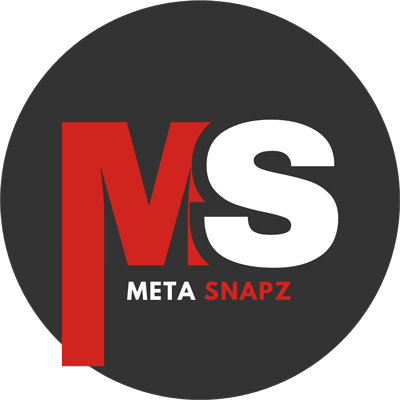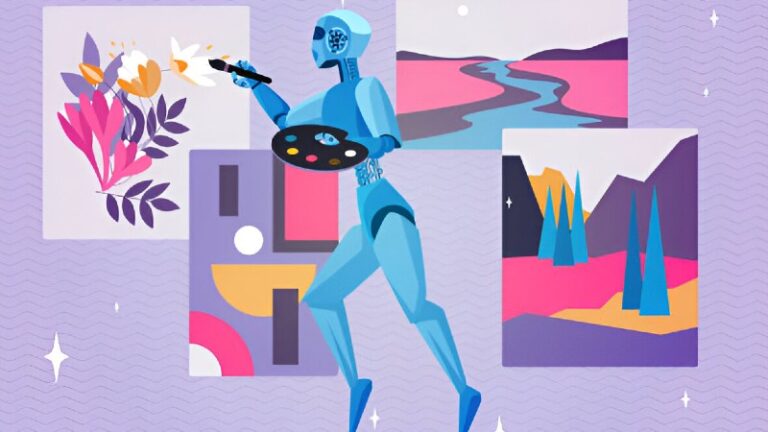Artificial intelligence (AI) is no longer confined to labs or research papers it is rapidly reshaping the world of art and creativity. From AI-generated paintings and music to interactive installations and design innovations, machines are collaborating with humans to produce works that challenge traditional notions of creativity. But what does this mean for artists, audiences, and the very definition of art?
Understanding AI-Driven Art
AI-driven art refers to creative works that are generated or assisted by artificial intelligence algorithms. These systems learn patterns, styles, and techniques from vast datasets of existing artwork, music, or design and produce new pieces based on that learning. Unlike simple automation, AI art involves generative processes that can surprise even their human collaborators.
Core Technologies Behind AI Creativity
- Machine Learning Algorithms: AI systems analyze large volumes of art data to learn styles, techniques, and aesthetic patterns.
- Generative Adversarial Networks (GANs): Two neural networks compete—one generates, the other evaluates—producing highly creative outputs.
- Variational Autoencoders (VAEs): Compress data into simplified representations, then generate novel variations from those models.
- Natural Language Processing (NLP): Converts user prompts into actionable creative directions, bridging human ideas with machine execution.
Technology as a Catalyst for Creativity
Throughout history, technological innovations have disrupted artistic practices and expanded creative horizons:
- Photography (1800s): Liberated painters from strict realism, paving the way for modern art.
- Digital Tools (1980s–2000s): Graphic tablets and software like Photoshop enabled new forms of digital expression.
- AI Art (2010s–present): Machines now participate directly in the creative process, not just as tools but as collaborators.
This historical pattern illustrates that new technologies do not replace creativity—they transform it.
Real-World Examples of AI-Driven Creativity
Visual Art
- Ai-Da: The world’s first humanoid robot artist, capable of painting and sculpting self-portraits using camera input and generative algorithms.
- Edmond de Belamy: An AI-generated portrait sold at Christie’s for $432,500, highlighting the growing market acceptance of AI art.
- RunwayML: Enables designers and artists to integrate machine learning into their creative workflows without extensive coding knowledge.
Music and Sound
- MuseNet: OpenAI’s neural network can compose music in the style of classical composers and generate entirely new compositions.
- Amper Music Collaboration: Musicians like Taryn Southern use AI to co-create albums, blending human intention with algorithmic creativity.
Interactive and Evolving Art
- Memories of Passersby I by Mario Klingemann: Generates real-time portraits that evolve as audiences interact, blurring the lines between creator and observer.
Ethical and Legal Considerations in AI Art
As AI continues to impact the creative sector, several ethical and legal questions arise:
| Concern | Description |
|---|---|
| Authorship | Who owns AI-generated works—the user, the developer, or the AI system? |
| Copyright | AI is trained on existing works, raising questions about plagiarism and fair use. |
| Bias and Representation | Training data may contain societal biases, which can influence the outputs of AI-generated art. |
| Artistic Integrity | Does mimicking human styles devalue originality, or does it create new creative expressions? |
AI as a Collaborative Partner, Not a Replacement
Contrary to fears of machines replacing human artists, AI often acts as a co-creator. This collaboration allows humans to focus on conceptual, emotional, and contextual aspects of art while AI handles repetitive or data-intensive tasks.
- Artists can use AI to experiment with new styles, iterate faster, and explore ideas they might not have conceived independently.
- AI-generated drafts and prototypes provide inspiration, freeing human creativity for refinement and storytelling.
Emerging Applications Across Industries
Beyond galleries, AI-driven creativity is transforming multiple sectors:
- Marketing & Advertising: AI generates personalized visuals and campaigns. Example: Coca-Cola uses generative art for targeted advertising based on consumer data.
- Product Design: Brands like Nike leverage AI to predict consumer preferences, designing products before demand spikes.
- Entertainment & Gaming: AI creates dynamic worlds and soundscapes, personalizing user experiences.
- Virtual & Augmented Reality: AI enhances immersive environments, adapting visuals and soundscapes in real-time.
The Democratization of Creativity
One of the most significant impacts of AI-driven creativity is democratization. By lowering technical barriers, AI allows anyone with an idea to create professional-level art, music, or design:
- Text-to-image platforms like DALL-E and MidJourney let users create sophisticated images with simple prompts.
- Musicians can generate orchestral arrangements without formal training.
- Designers can prototype marketing visuals in minutes, increasing innovation speed.
This shift challenges elitist notions of creativity, giving rise to new voices and hybrid forms of art previously inaccessible to non-professionals.
Statistical Insights on AI Art Adoption
| Metric | Statistic | Source |
|---|---|---|
| AI art sales growth | +85% increase in global auction sales of AI-generated art in 2023 | Art Market Report 2024 |
| Artists using AI tools | Over 42% of digital artists report using AI in their workflow | Digital Art Survey 2023 |
| Consumer acceptance | 68% of gallery-goers express interest in AI-generated art | Global Art Consumer Insights 2023 |
Challenges and Future Directions
While AI-driven creativity is promising, challenges remain:
- Understanding the black box of AI decision-making.
- Maintaining ethical practices in training and output.
- Balancing automation with the uniquely human emotional touch.
Looking ahead, AI is likely to evolve as a creative assistant, co-author, and even an experimental partner in entirely new mediums. The next decade may bring:
- Fully interactive AI exhibitions that adapt in real-time to viewers’ emotions.
- Hybrid AI-human compositions in music, film, and literature.
- AI-driven design thinking for urban planning, architecture, and public art.
Conclusion
The rise of AI-driven art and creativity represents more than a technological shift it challenges fundamental assumptions about what it means to create. From democratizing access to artistic tools to enabling cross-disciplinary innovation, AI is expanding the possibilities of human imagination. By embracing AI as a collaborative partner rather than a replacement, society can unlock a new era of creative exploration that is inclusive, dynamic, and boundary-defying.
As AI continues to learn, evolve, and co-create, artists, designers, and innovators will need to navigate ethical, legal, and conceptual questions. Yet, the opportunities are unprecedented: a world where human ingenuity and artificial intelligence converge to redefine the essence of creativity itself.
Frequently Asked Questions (FAQs)
What is AI-driven art?
AI-driven art is artwork created or assisted by artificial intelligence algorithms. These systems learn patterns from existing art, music, or design and generate new pieces, often collaborating with human creators.
Can AI replace human creativity?
AI is designed to augment human creativity, not replace it. It can handle repetitive or data-heavy tasks, inspire new ideas, and enable experimentation, but the emotional and conceptual depth of human art remains unique.
Who owns AI-generated artwork?
Ownership depends on the collaboration model. It could belong to the AI developer, the human user guiding the process, or be shared. Legal frameworks are still evolving to address authorship and copyright for AI-created content.
What are the ethical concerns with AI in art?
Ethical concerns include copyright infringement, bias in AI training data, authenticity, and the impact on human artists. Ensuring transparency, fair use, and responsible AI practices is crucial.
How can AI democratize creativity?
AI tools allow anyone, regardless of skill level, to create professional-quality art, music, or designs. This lowers technical barriers and enables broader participation in creative expression.


